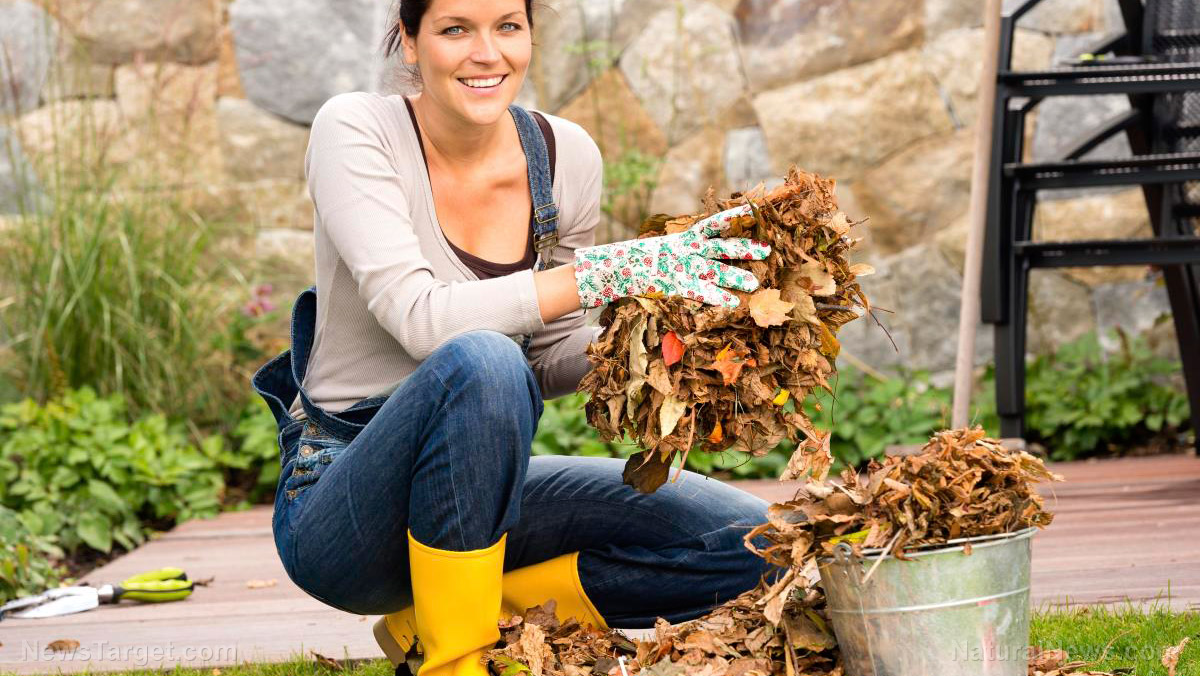
Why do you get worms in your compost?
Here are the different worms that you can find in your compost pile and the reasons they're there.
Pot worms
If you're composting outdoors, you might get small, threadlike worms in your compost pile. These are pot worms. They're a different kind of worm that eats up waste and aerates the soil.
They won’t harm your compost, but having pot worms in your compost bin suggests that the conditions are not ideal for red wigglers. Change the conditions of the compost to get rid of pot worms.
Red wigglers
Worms are sometimes welcome in a compost pile, especially if you're into vermiculture, where the process of decomposition is aided by the worms. Vermicomposting is an effective and eco-friendly way of eliminating food waste by using worms like red wigglers to break it down.
You might want to keep red wigglers in your compost bin because some gardeners buy these worms at the store specifically for vermicomposting. Red wrigglers break down food scraps and other compostable ingredients into nutrient-rich soil for your garden.
Composting with worms helps speed up the composting process, but once you're done composting and are ready to use the soil in your garden, the worms don't automatically go away.
The worm bin will eventually fill up with compost or worm castings. You can add more trays or get a larger bin, but you still need to remove the worms.
Harvest the compost at the start or end of the growing season when it's getting full. You also need to separate the worm castings from the worms if you want to keep your vermicomposting bin going.
Harvest worm castings at least once every three to four months.
Maggots
The maggots in your compost may be black soldier fly larvae. They have a fat appearance, usually white to brown, but the color can change depending on what they’ve been eating.
These maggots look like worms but are not nearly as long or slender. They also don't harm your garden.
If you overfeed your compost pile with nitrogen-rich (green) ingredients and don't give it enough carbon-rich ingredients (brown), you may get black soldier fly larvae. They may also appear if you don't turn their compost piles often.
How to get worms out of compost
Here are some tips on how to eliminate worms in your compost bin.
Adjust the moisture
If there are lots of worms in your compost pile, the pile might be too wet. Skip watering for a week or so to allow your pile to dry out enough so you can get ahead of the worms.
Moisture is an issue if the worms are all at the top of the compost pile. You also reduce the moisture by adding dry, carbon-rich brown ingredients. These are drier than nitrogen-rich ingredients and can help balance out the excess mixture.
Change the pH balance
Too many worms in the compost pile also indicate that the pH in the pile is out of balance.
Add some lime or phosphorus to the pile by sprinkling wood ashes, adding powdered lime, or crushing up some eggshells. The population of worms should decline rapidly after that.
This technique works well if you have maggots in your compost. Don't add too much lime because it can make the pH balance of the compost too high.
Cover it with a tarp
If you have an outdoor compost pile exposed to the elements, cover it up for several days to one week. Covering the pile with a tarp ensures that the compost isn't getting too wet and it may force the worms to come out.
Keep flies out
Always keep flies out of the compost bin. While flies don't have anything to do with worms in the compost bin, you have to get rid of black soldier fly larvae.
A compost pile needs good airflow but you don't need large holes for the flies to enter and exit the pile. Cover the air holes with a mesh screen to stop flies from laying their eggs in the compost, which can result in black soldier fly larvae.
Put a piece of bread in the pile
Get stale bread, soak it in some milk and put it in your compost pile.
This won't get rid of all the worms in your bin, but you'll see that most of the worms will flock to the slice of bread. This makes it easier to get rid of the worms, along with moths of the worms.
Remove them by hand
This method is laborious and time-consuming, but it's also very effective. When removing red wigglers from a vermicomposting bin, choose an indoor location that has good lighting and is away from direct sunlight.
Dump the contents of the compost bin onto a tarp, then form the bedding into mounds. Let the mounds sit for several minutes. The worms will dig deeper into the mounds to avoid exposure to the elements.
Let the mounds sit for a few minutes, then brush the material off. This is the completed compost. Repeat this several times to get all of the worms out. (Related: Home gardening tips: 17 Veggies you can grow in buckets.)
Turn the pile frequently
Turning a compost pile regularly ensures that it's properly aerated. While worms can be found in even the most well-aerated compost pile, a pile that hasn't been aerated isn't the healthiest and may experience damage from other pests.
If temperature and aeration are issues, move more worms to the sides or bottom of the bin or pile. Aerate to distribute the hotter materials around the bin.
If you have a compost bin in your home garden and are having trouble getting the worms out, try one of these methods. They're all effective and they won't harm the worms.
Watch the video below to know more about mistakes that you should avoid when making a compost pile.
This video is from The Grow Network channel on Brighteon.com.
More related stories:
Top 6 organic fertilizers for your garden.
Home gardening hacks: 7 Household items you can use as fertilizer.
Home gardening basic: How to start seeds indoors.
Sources include:
Please contact us for more information.























